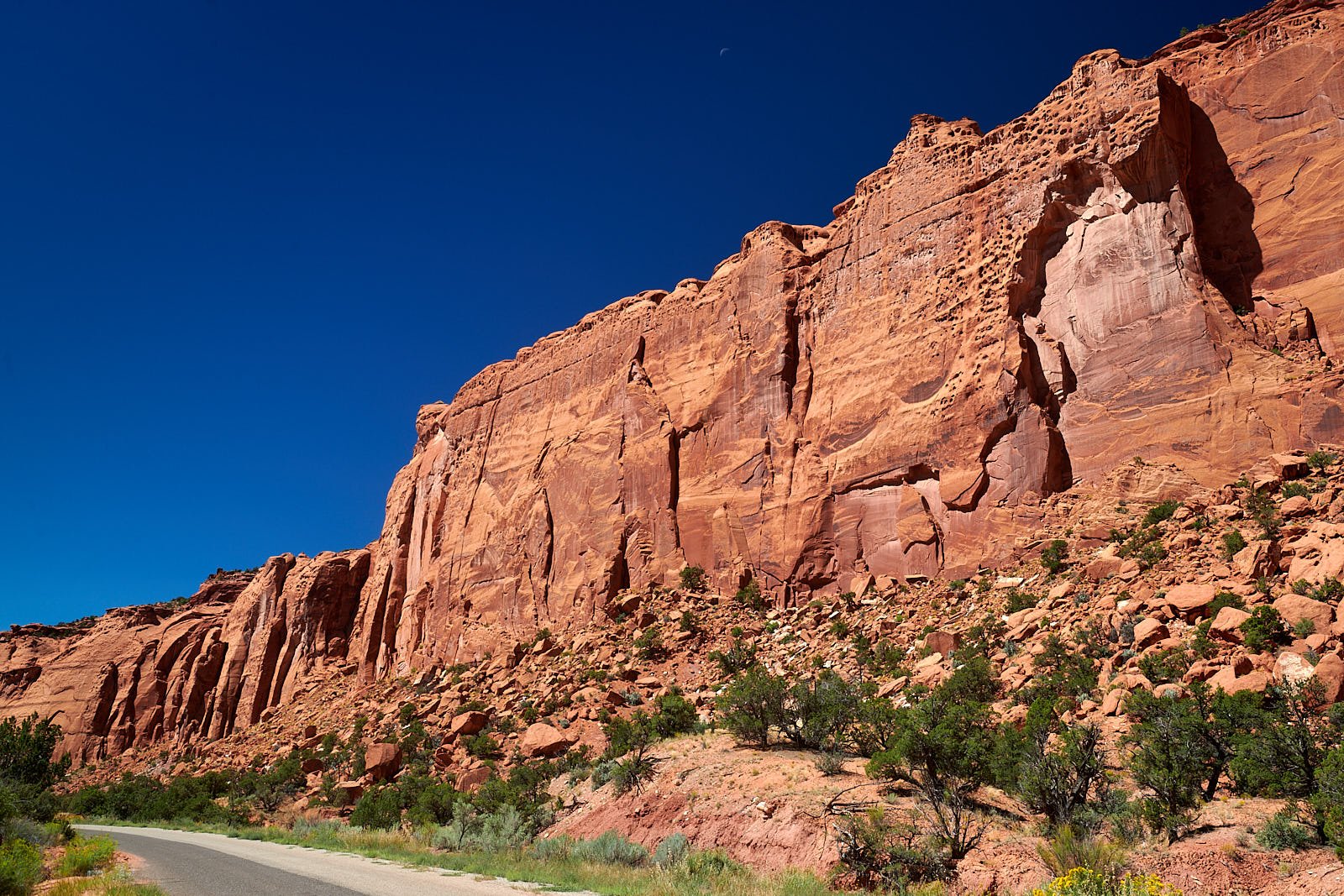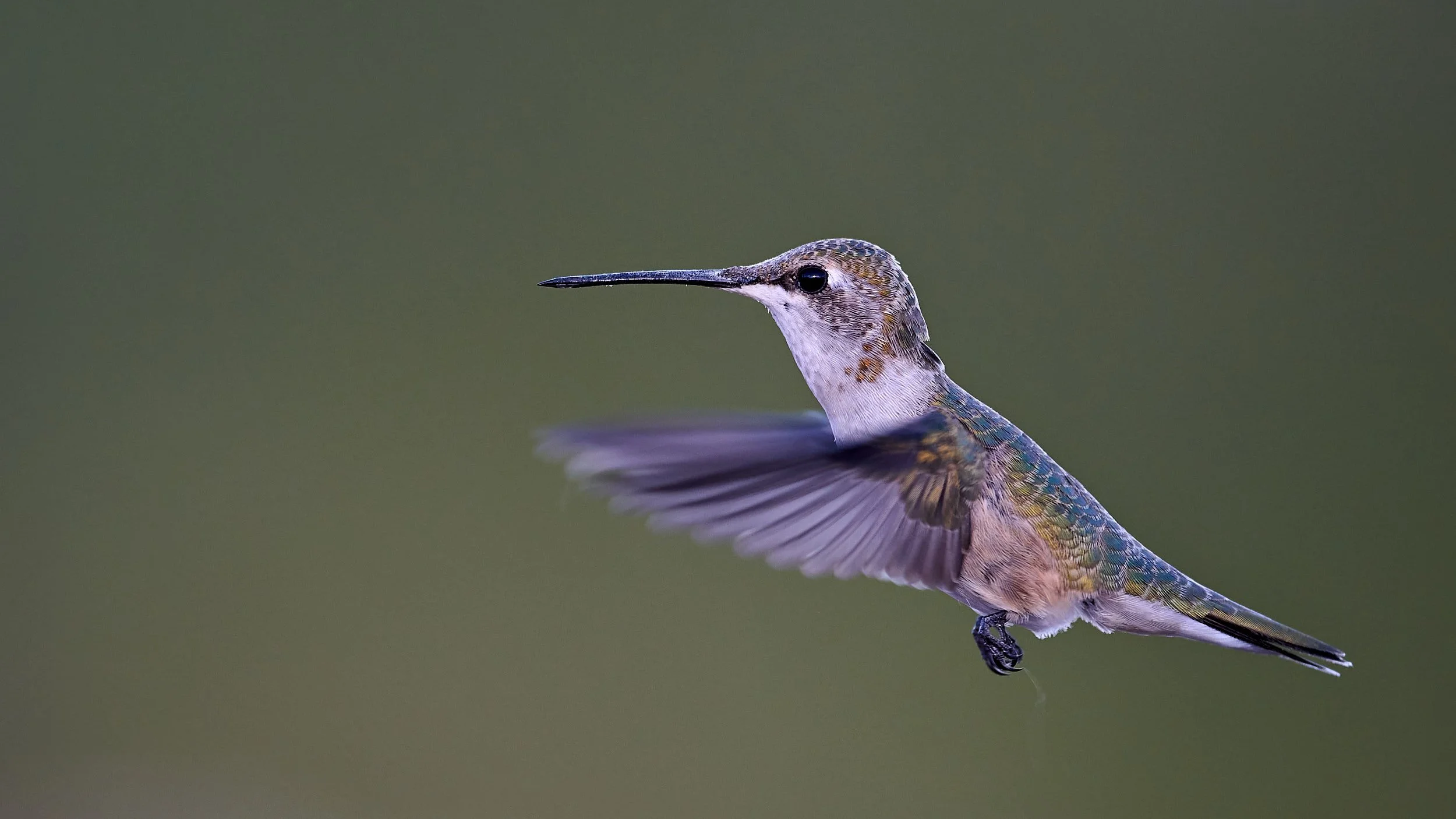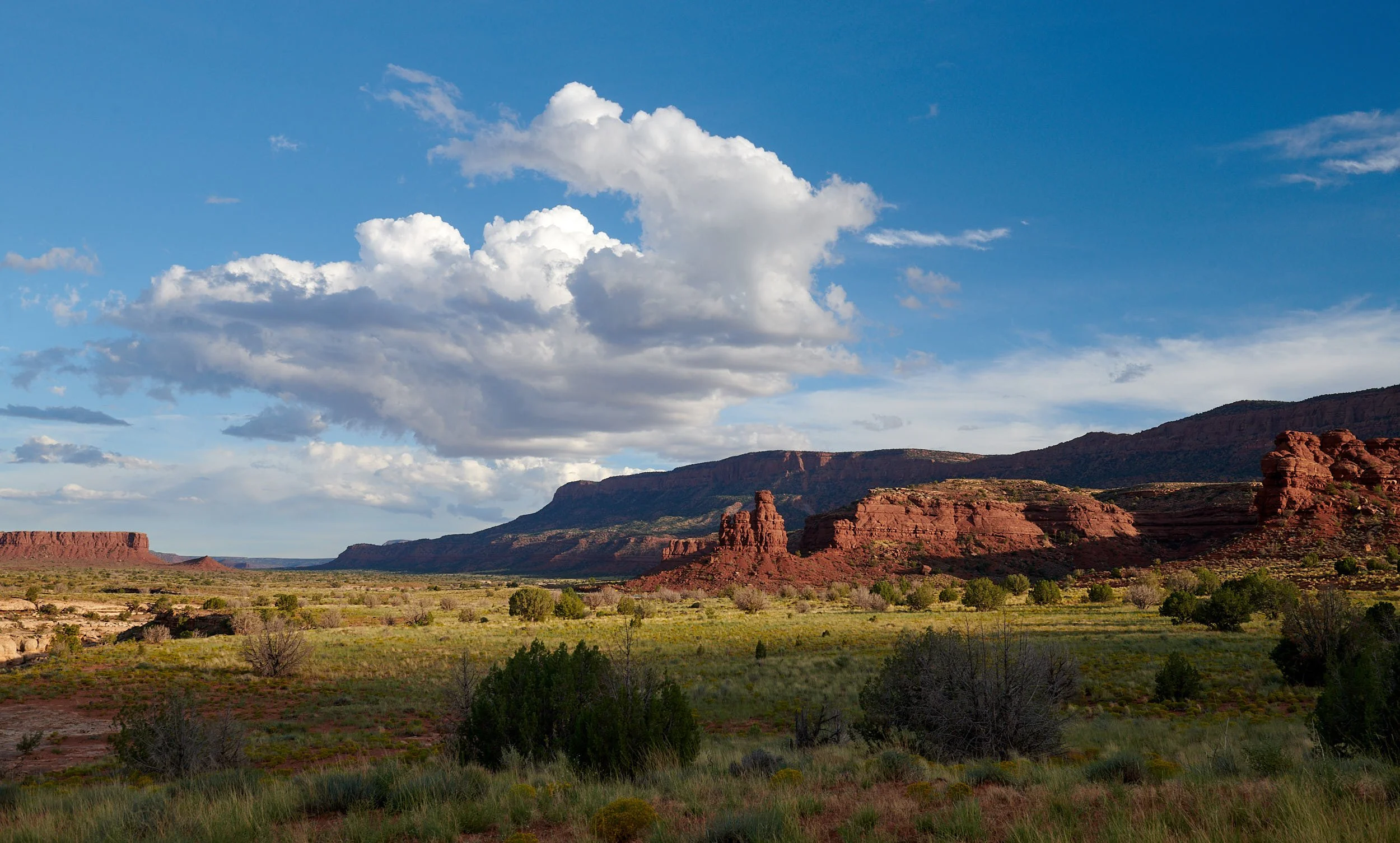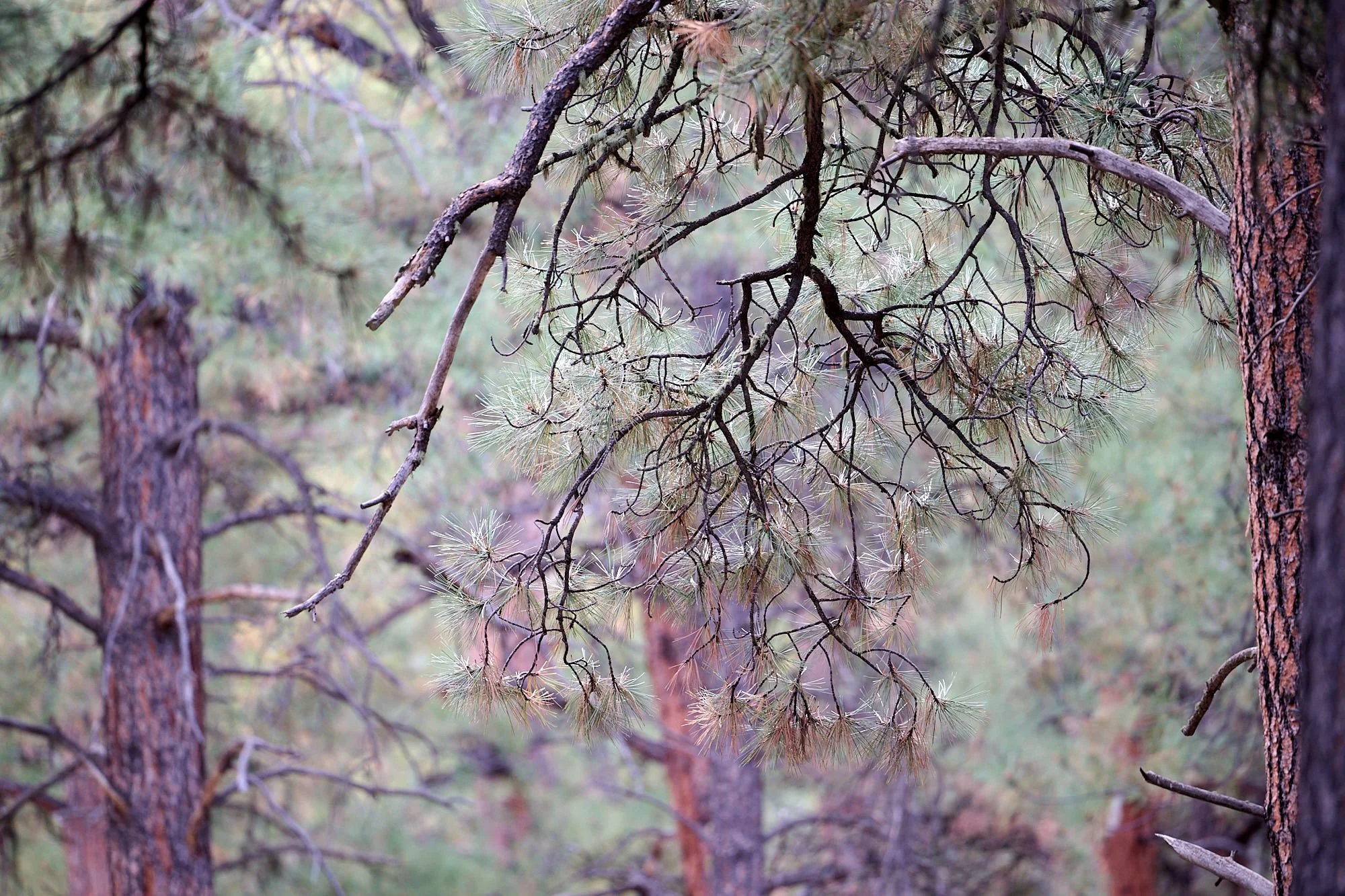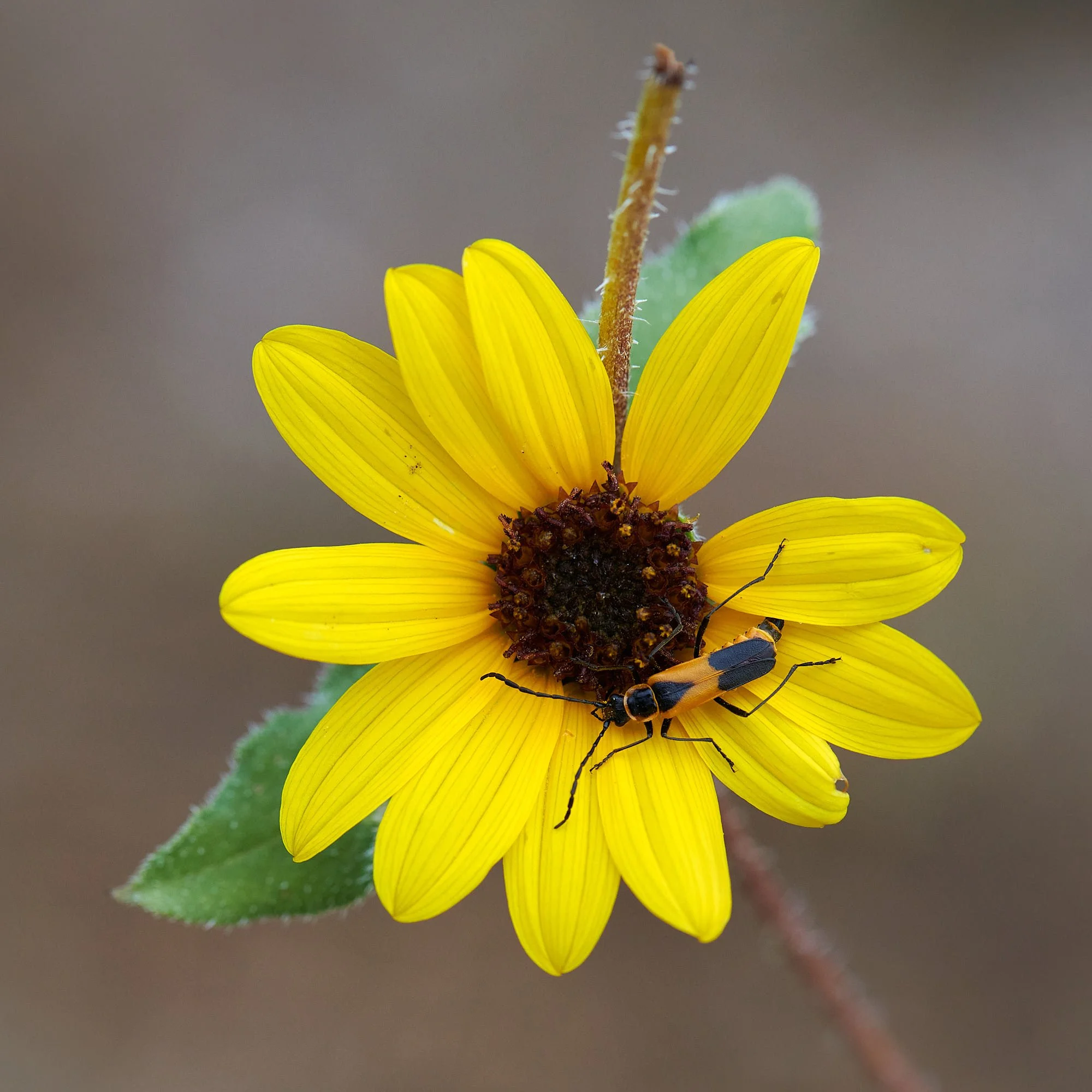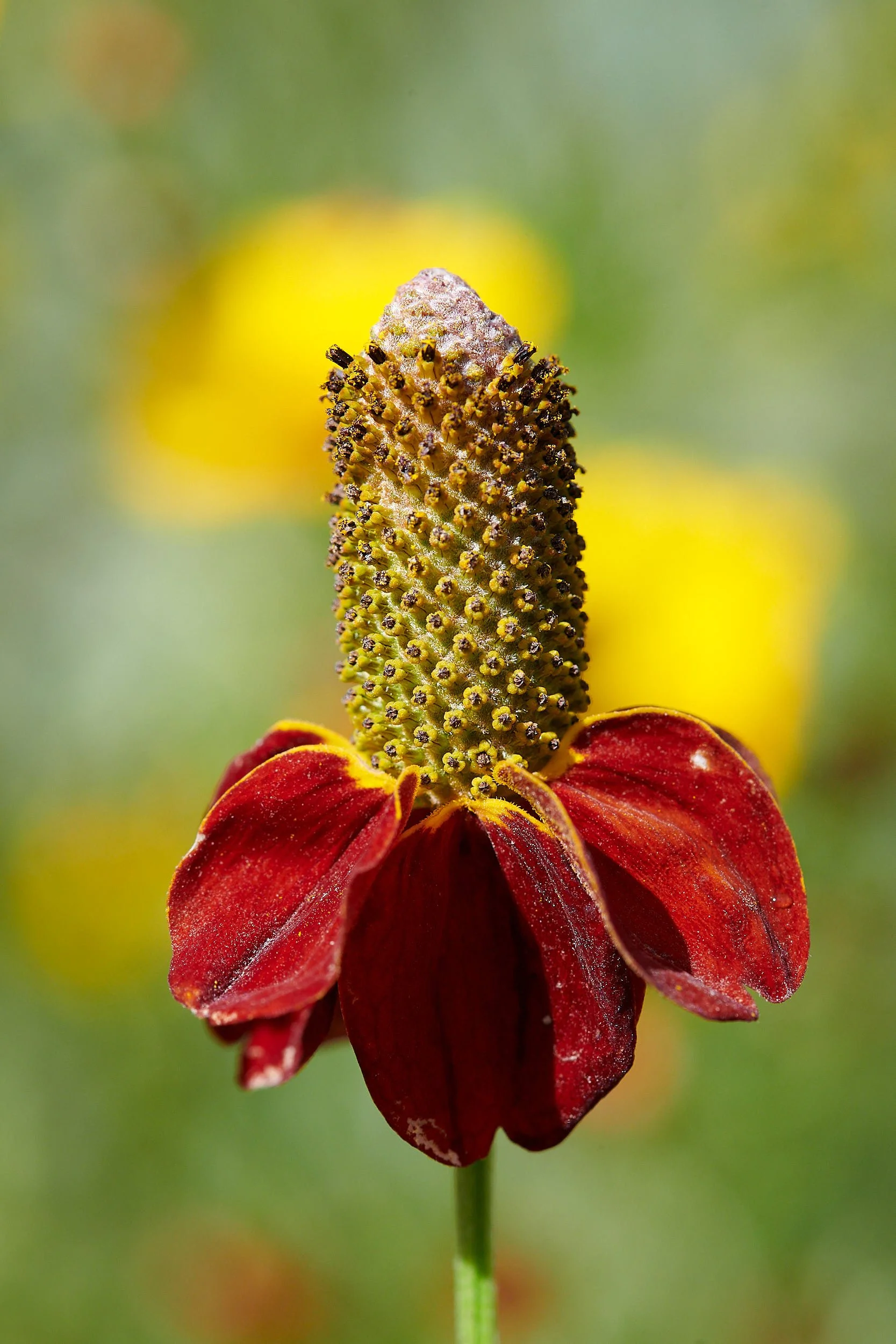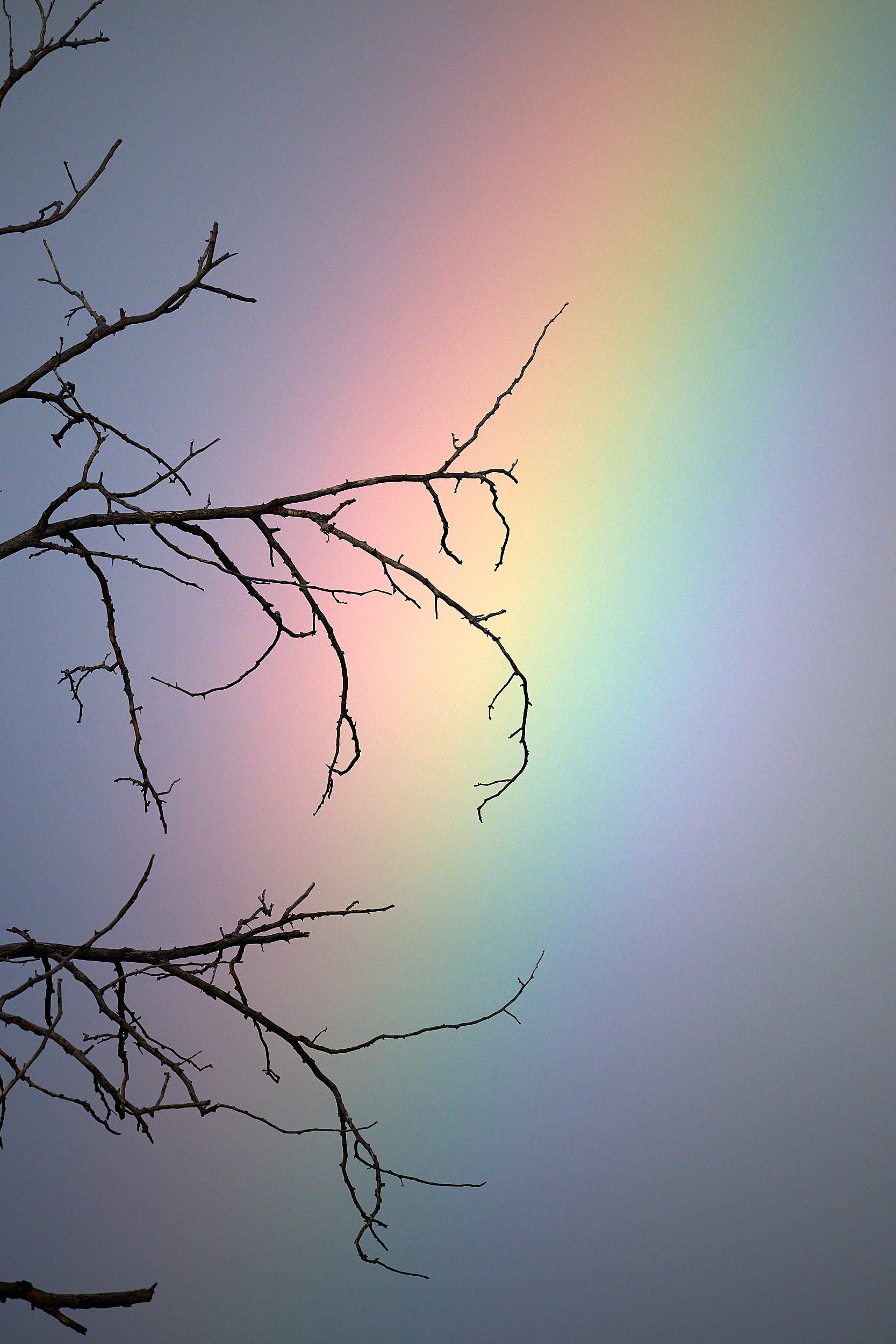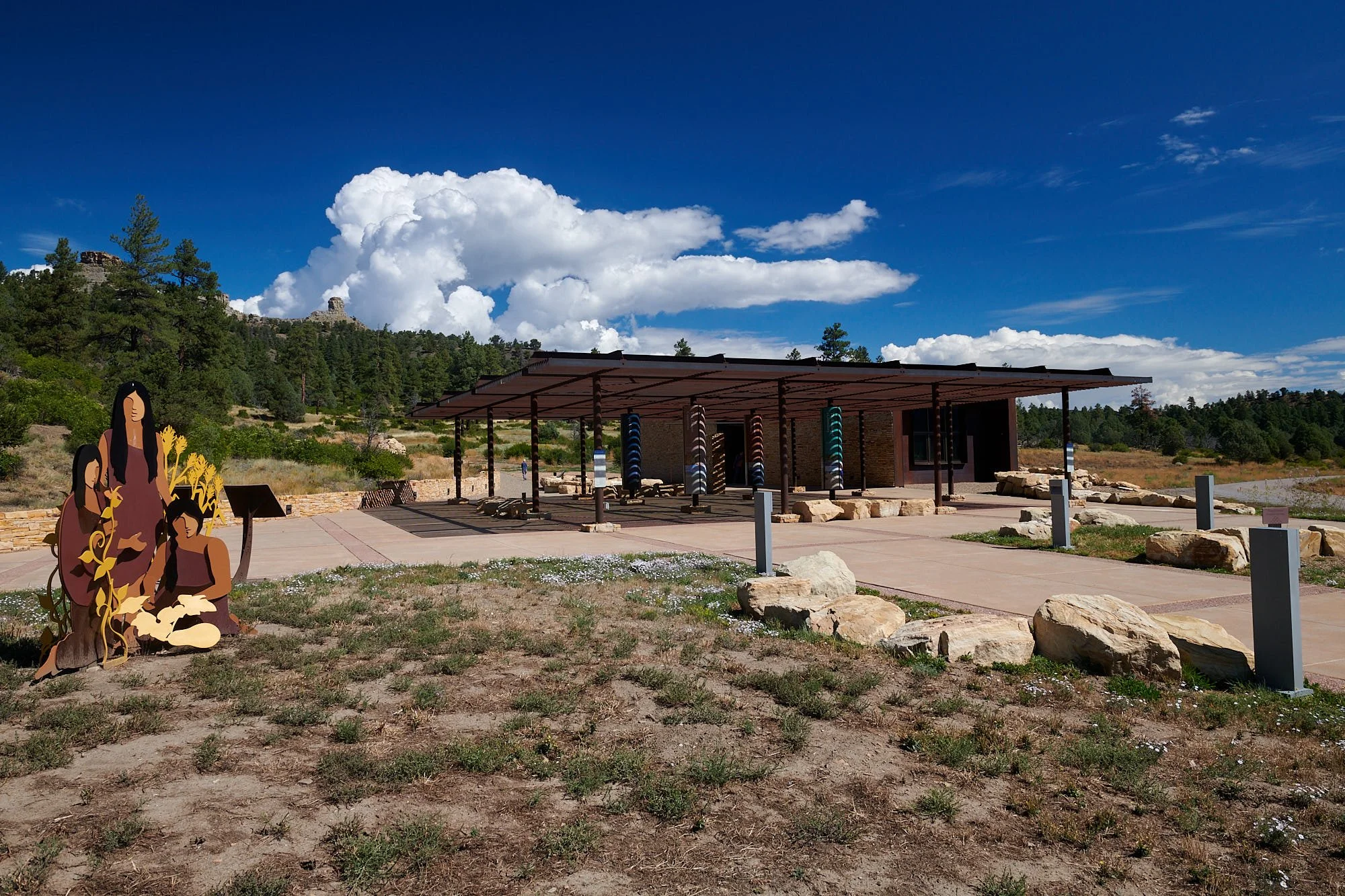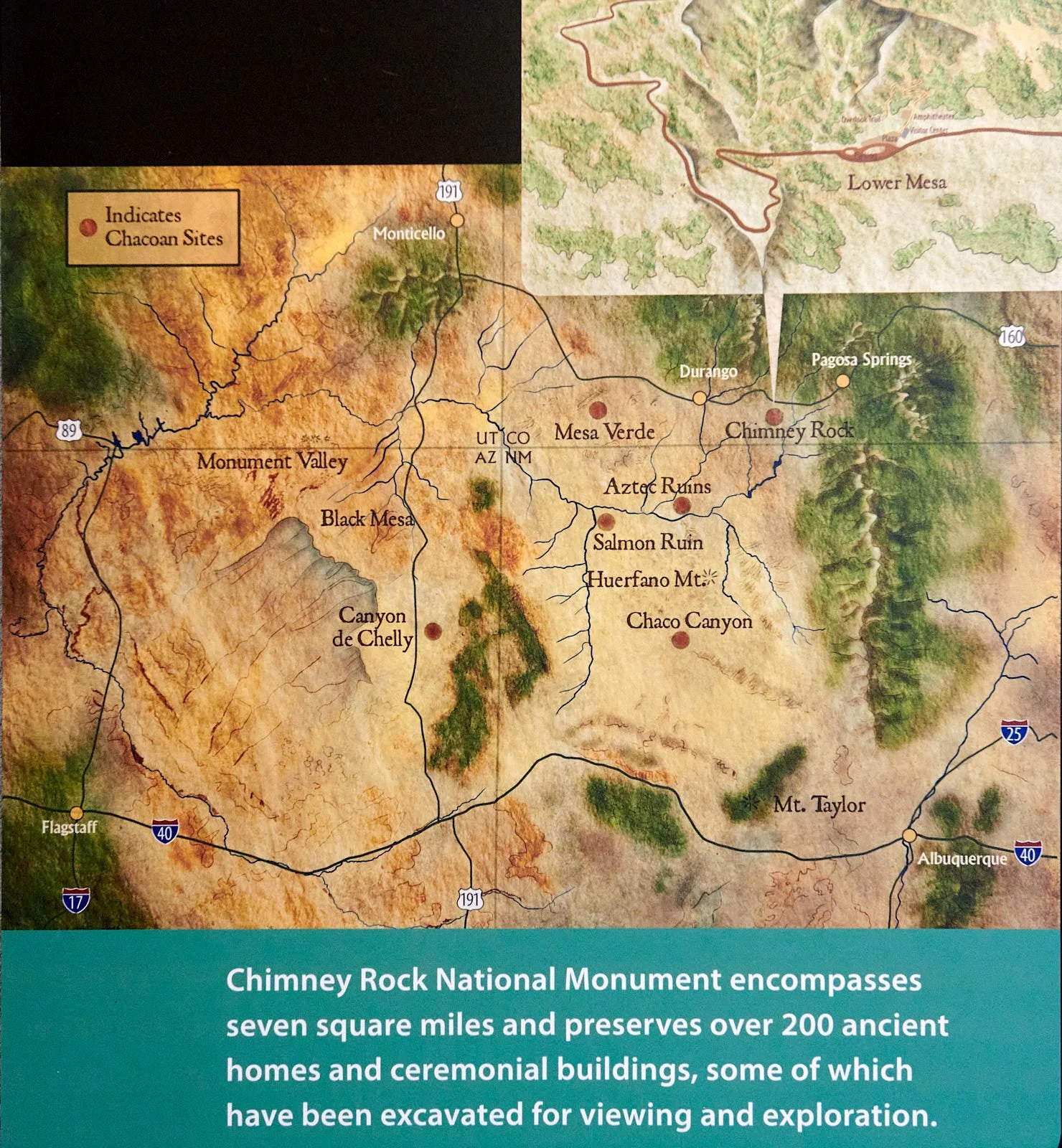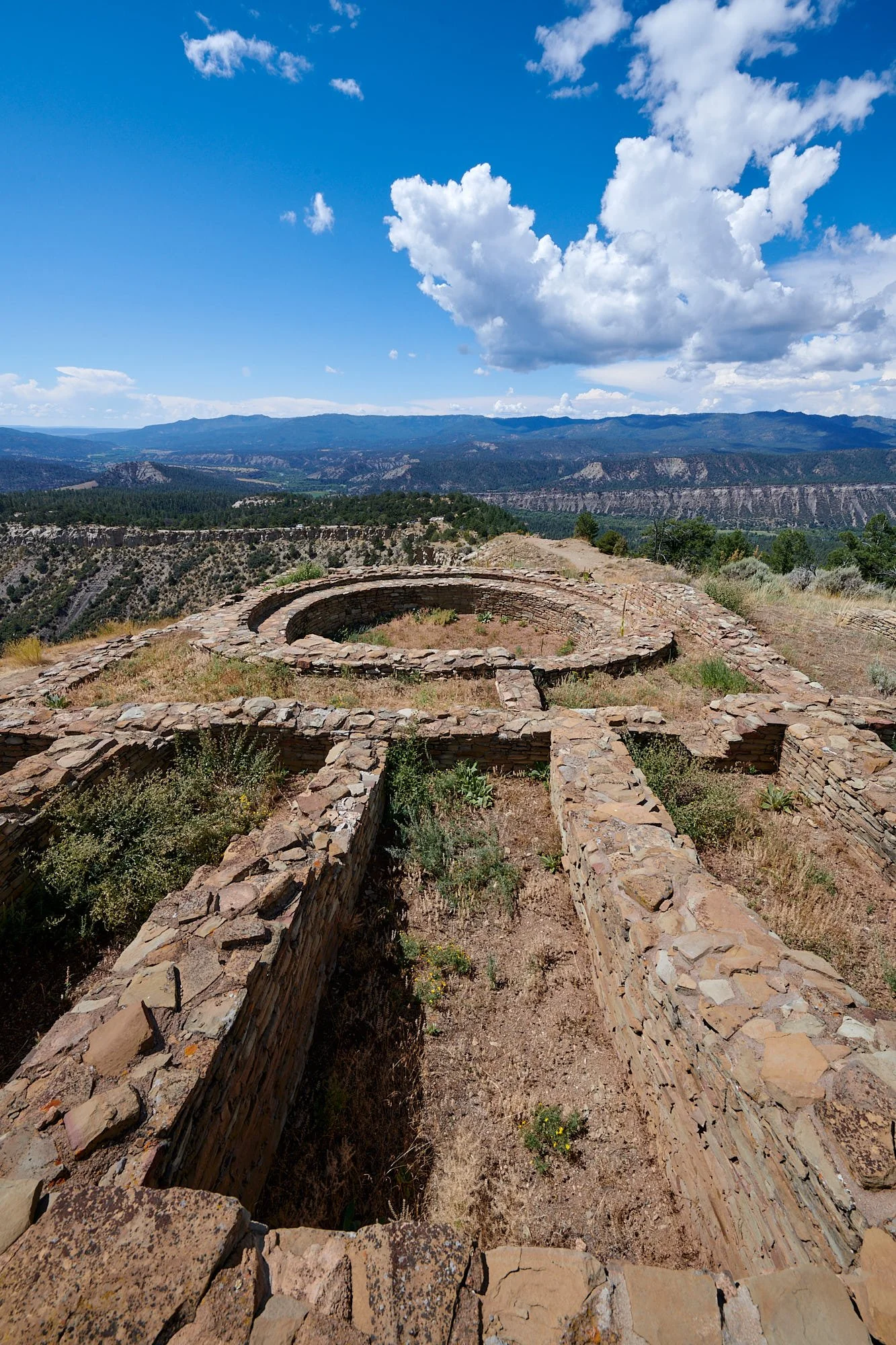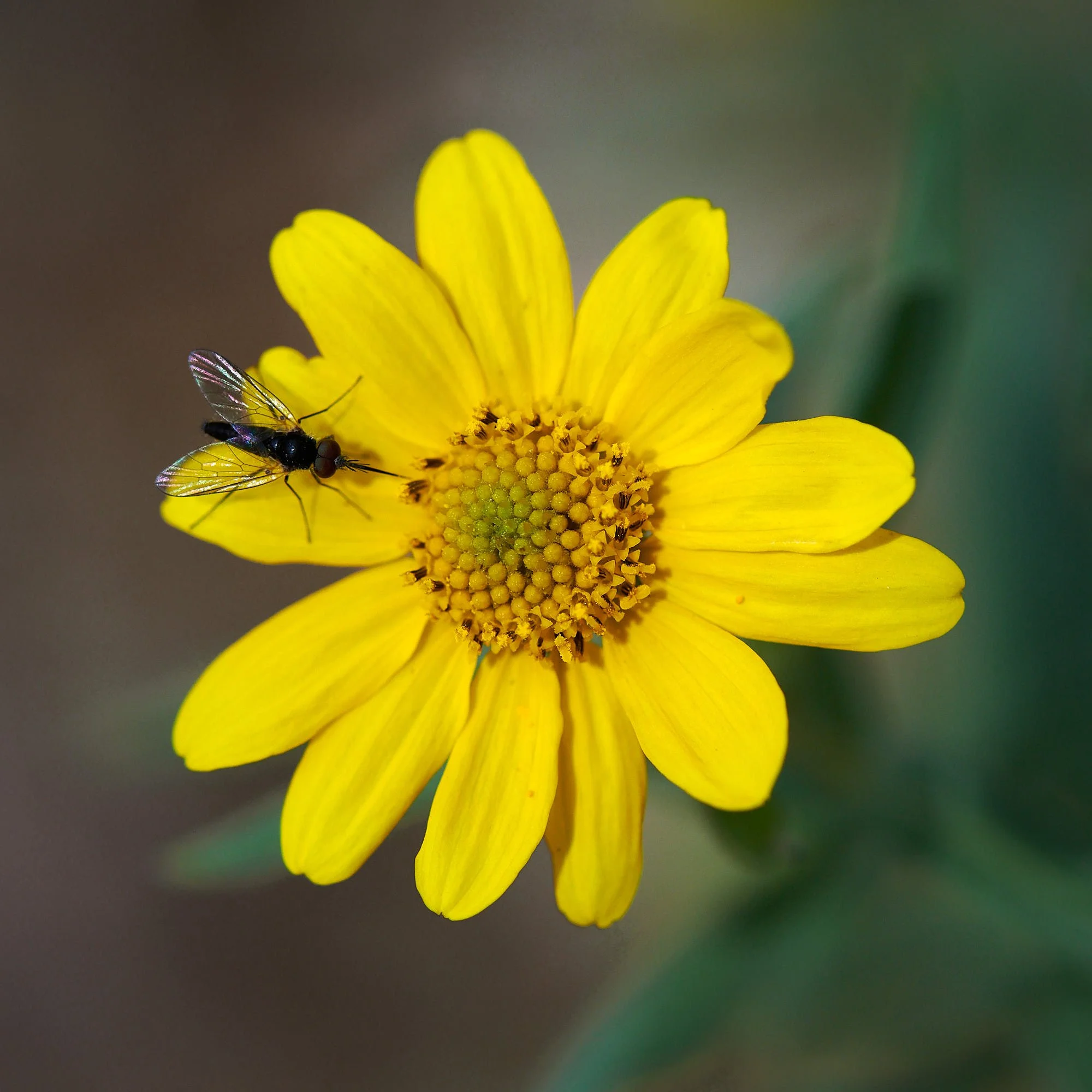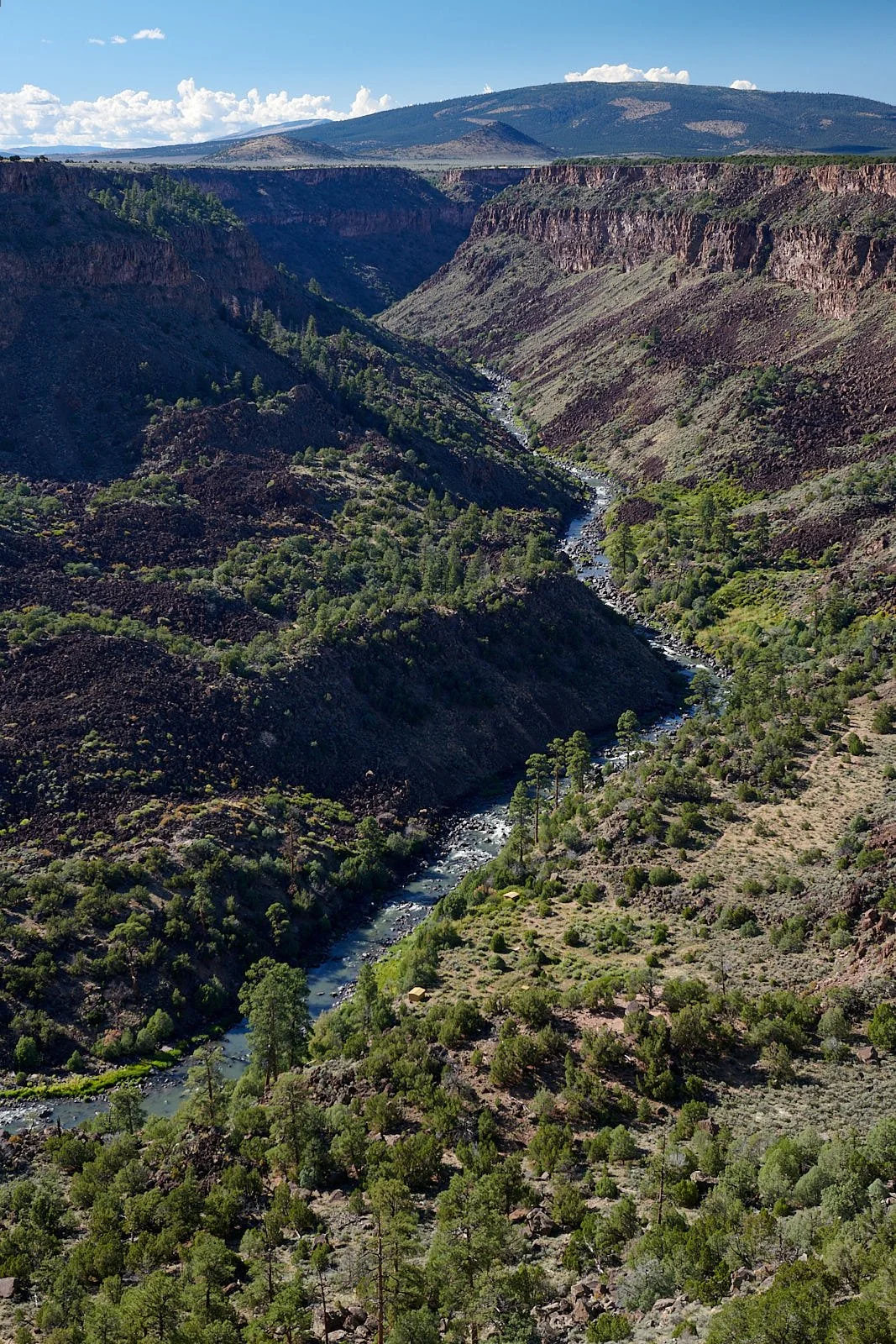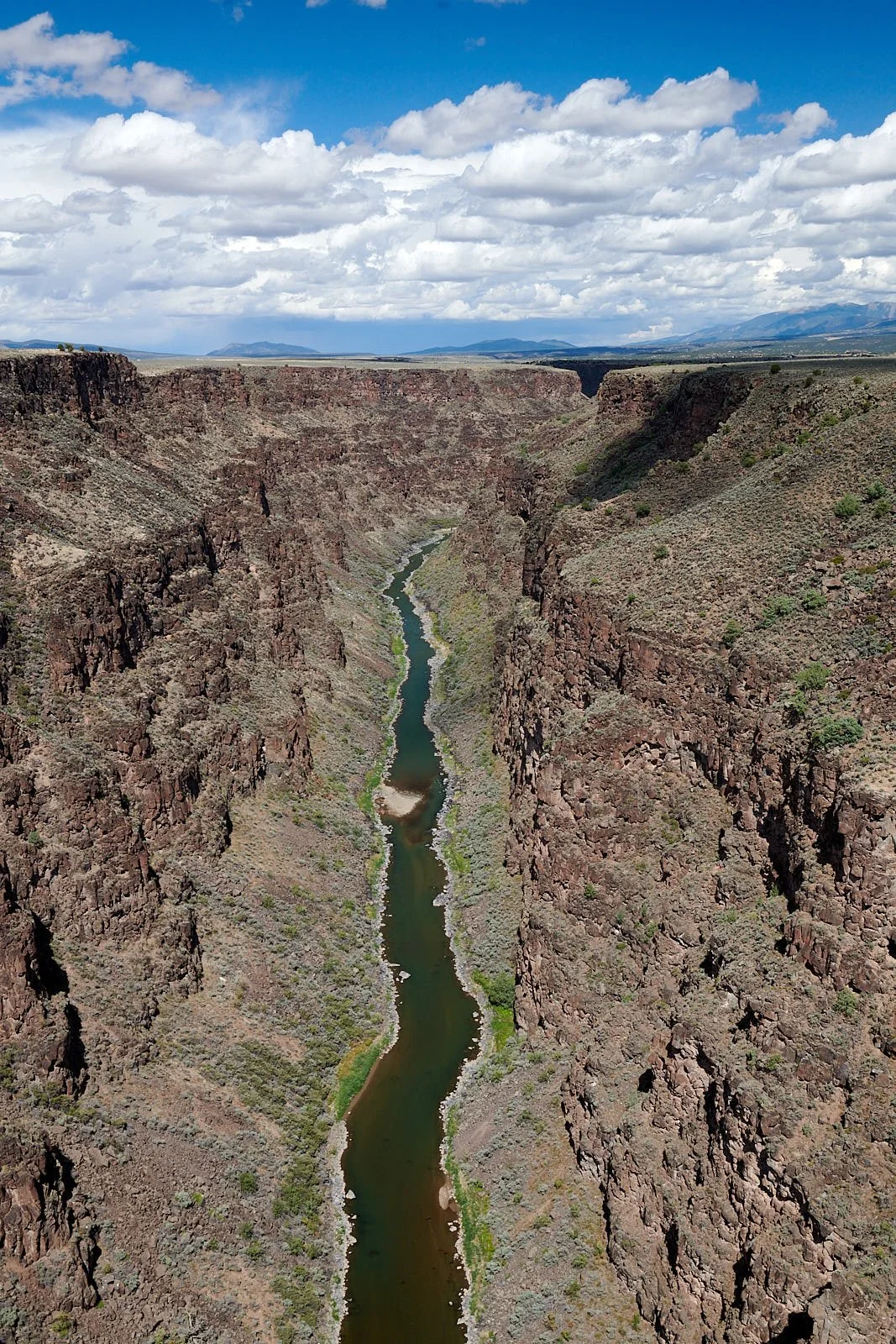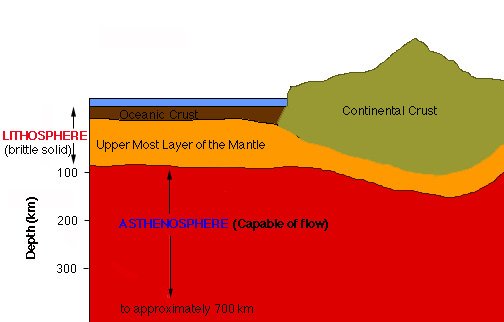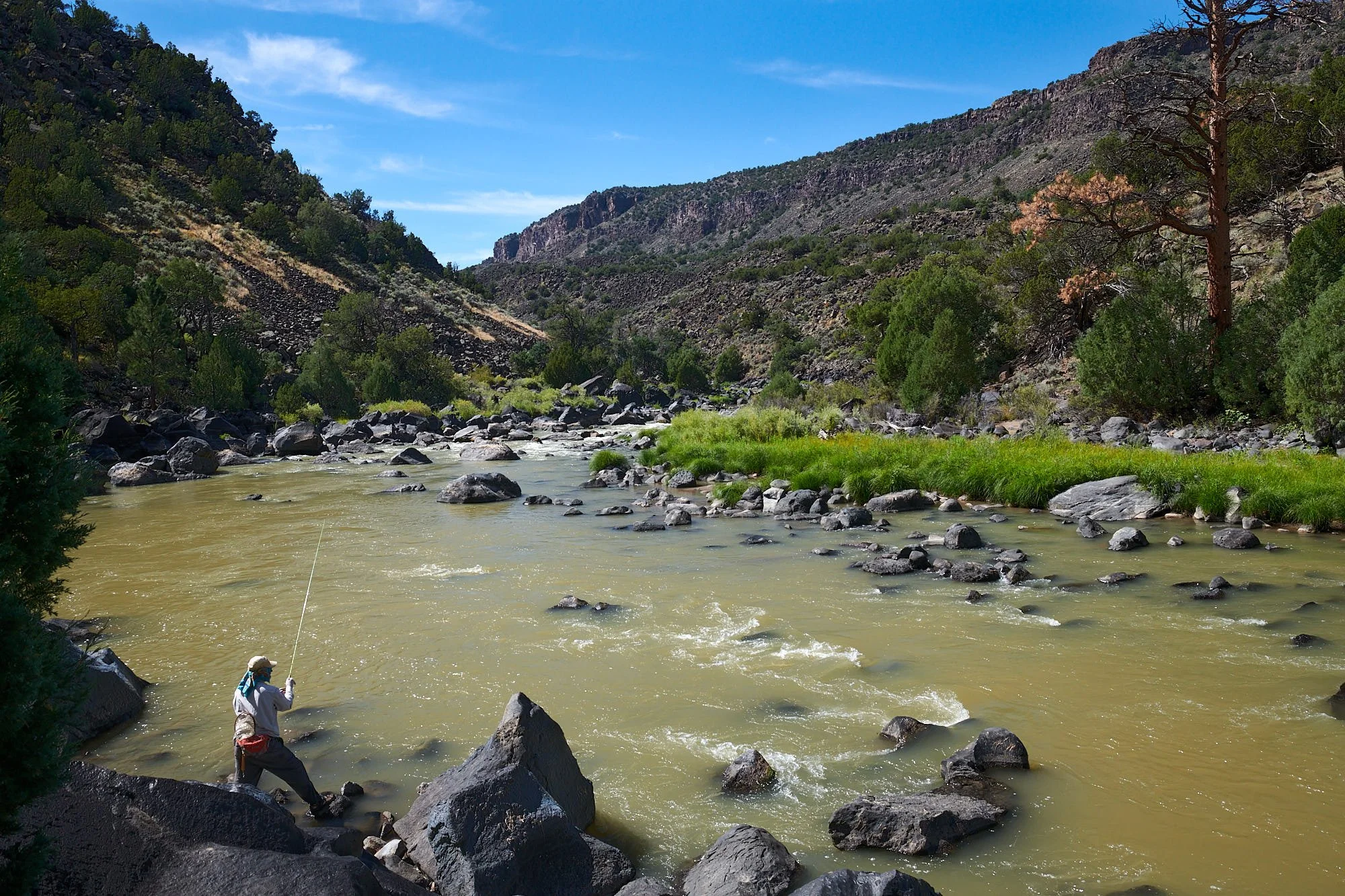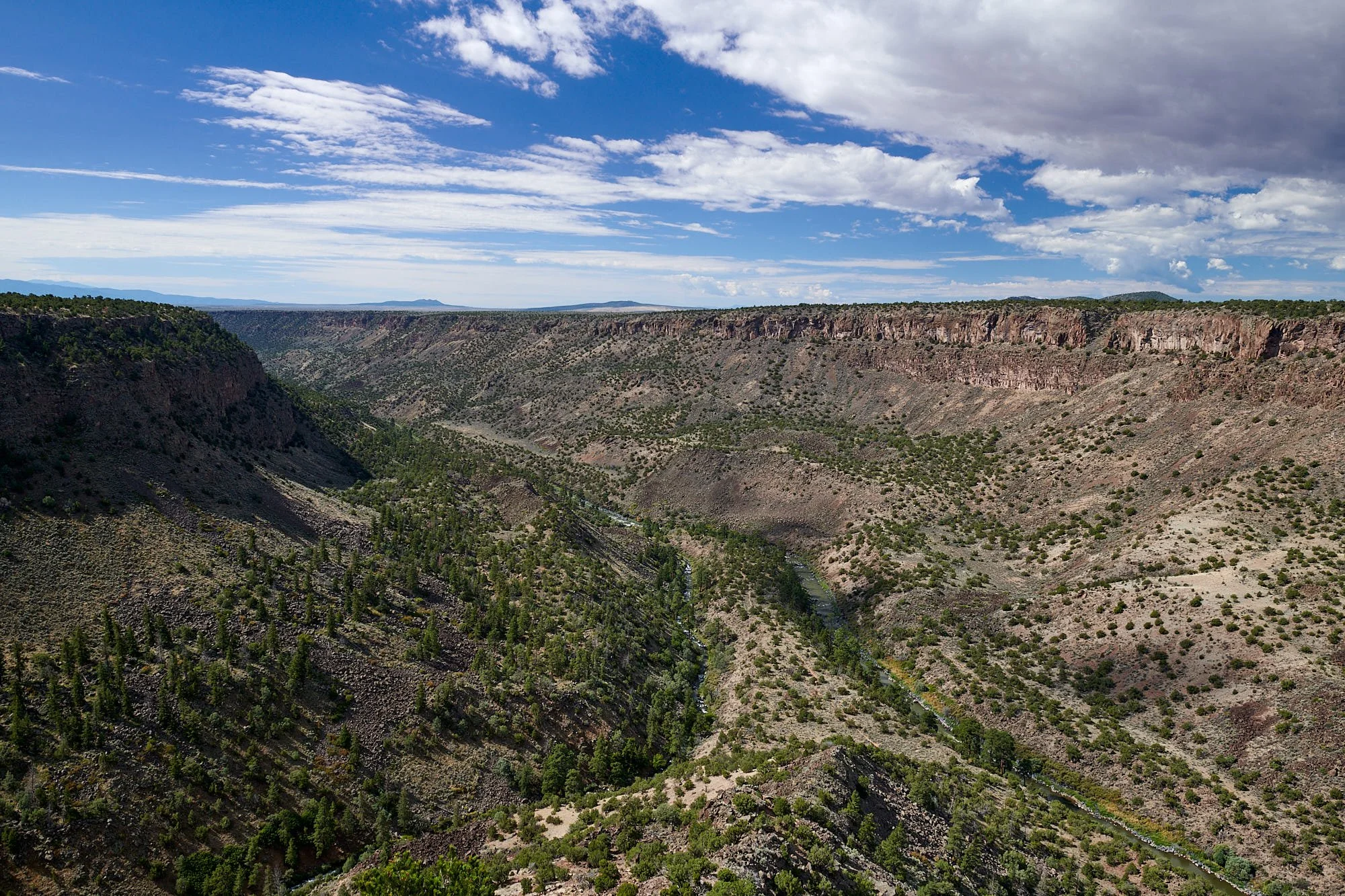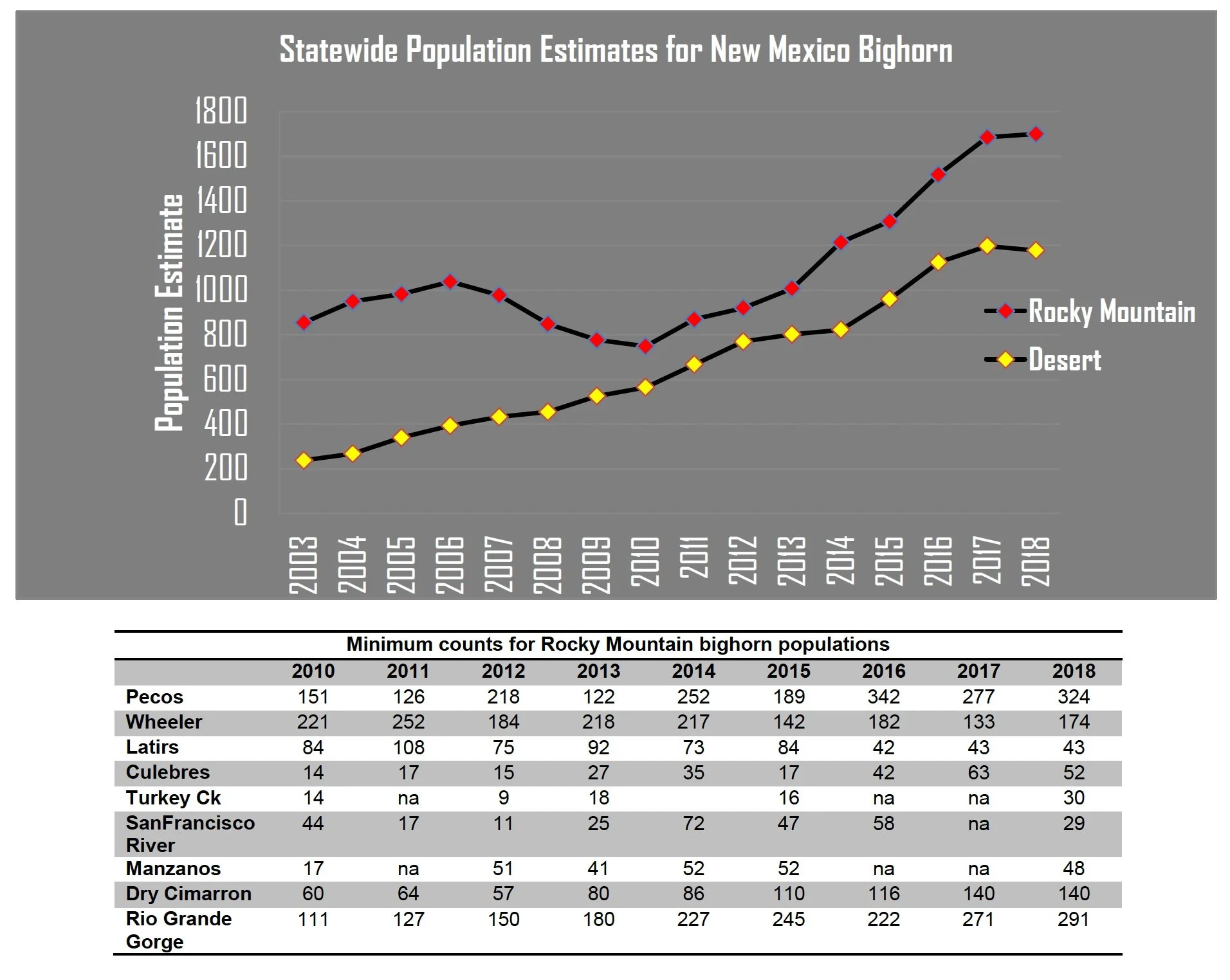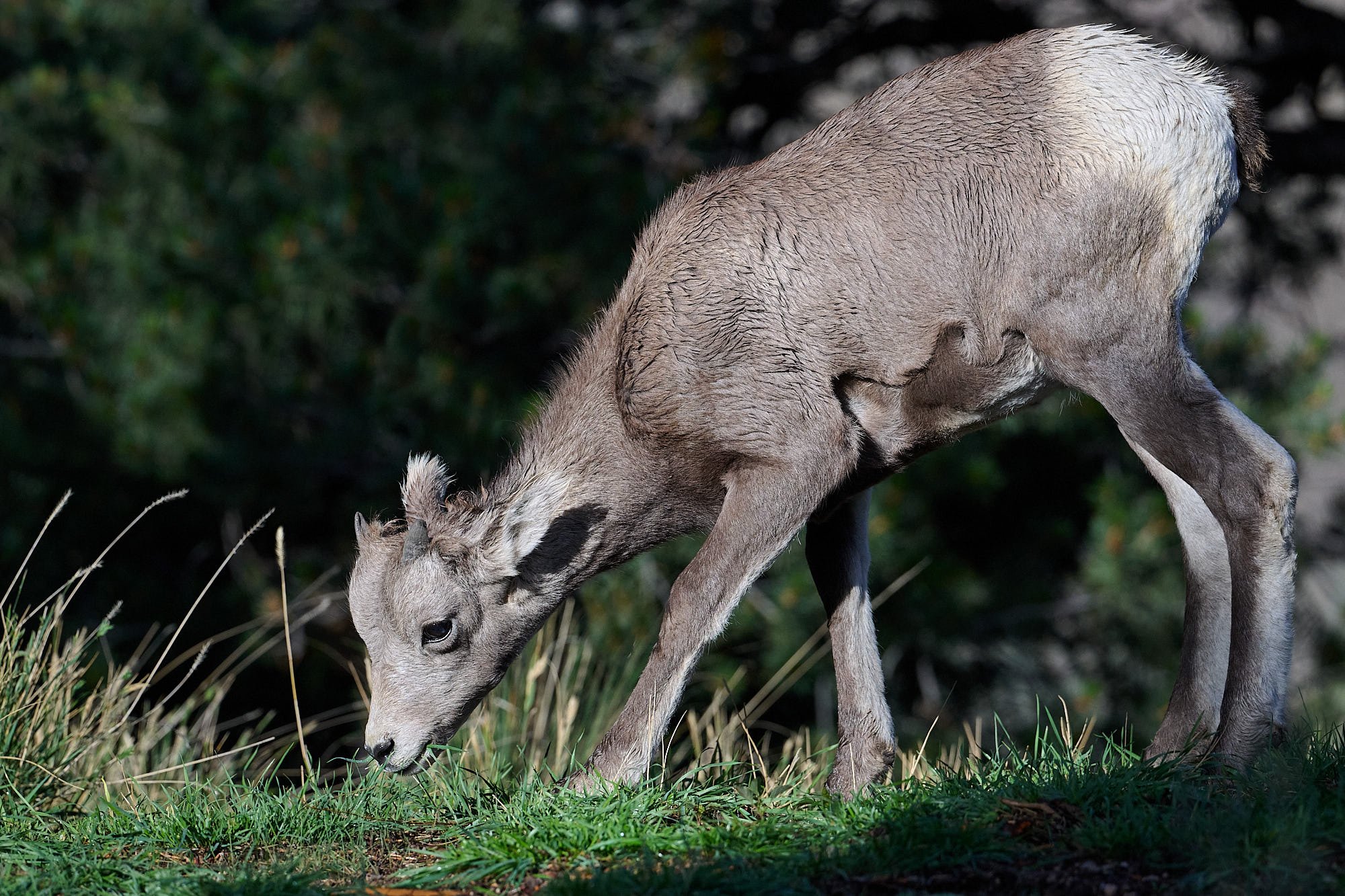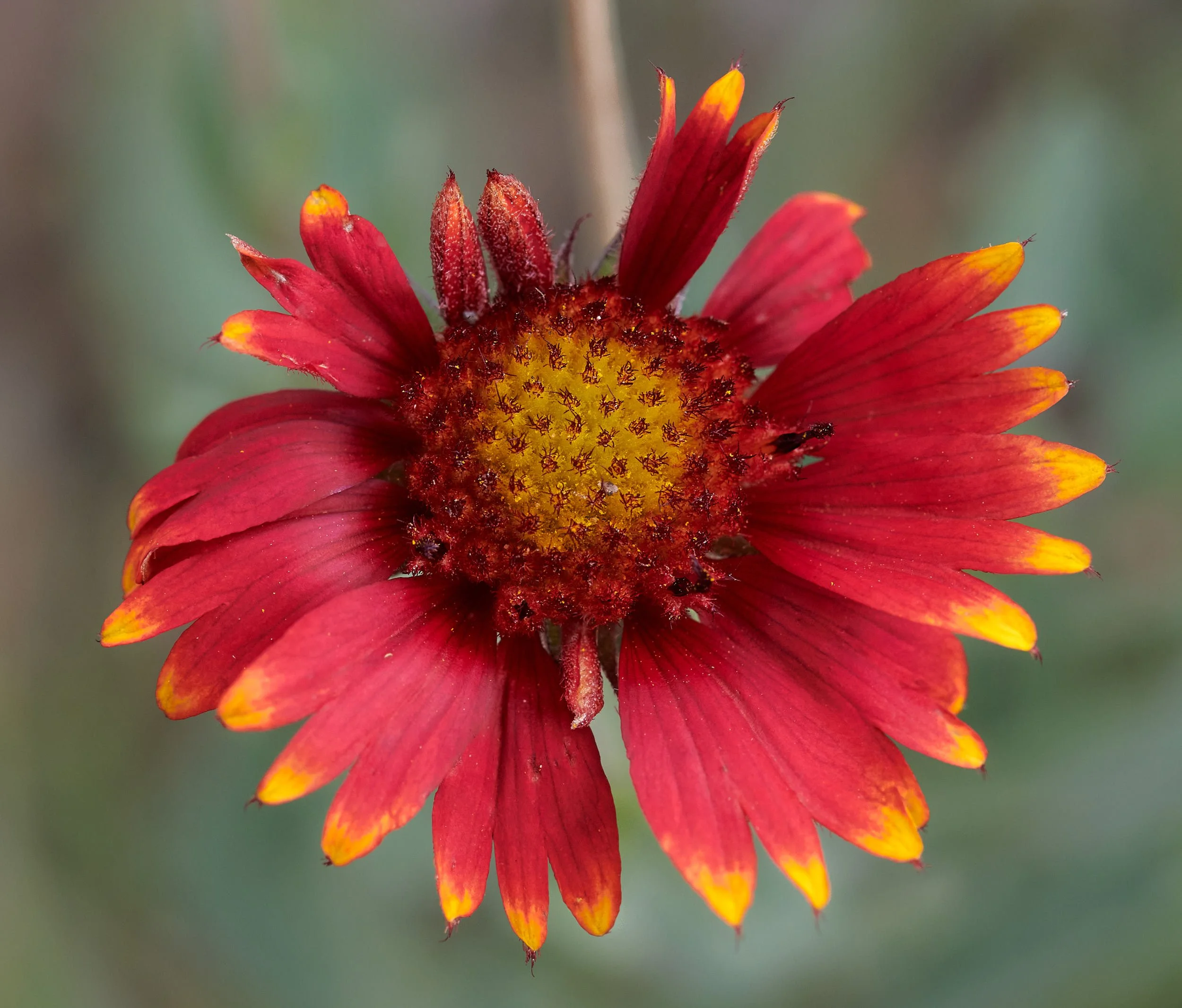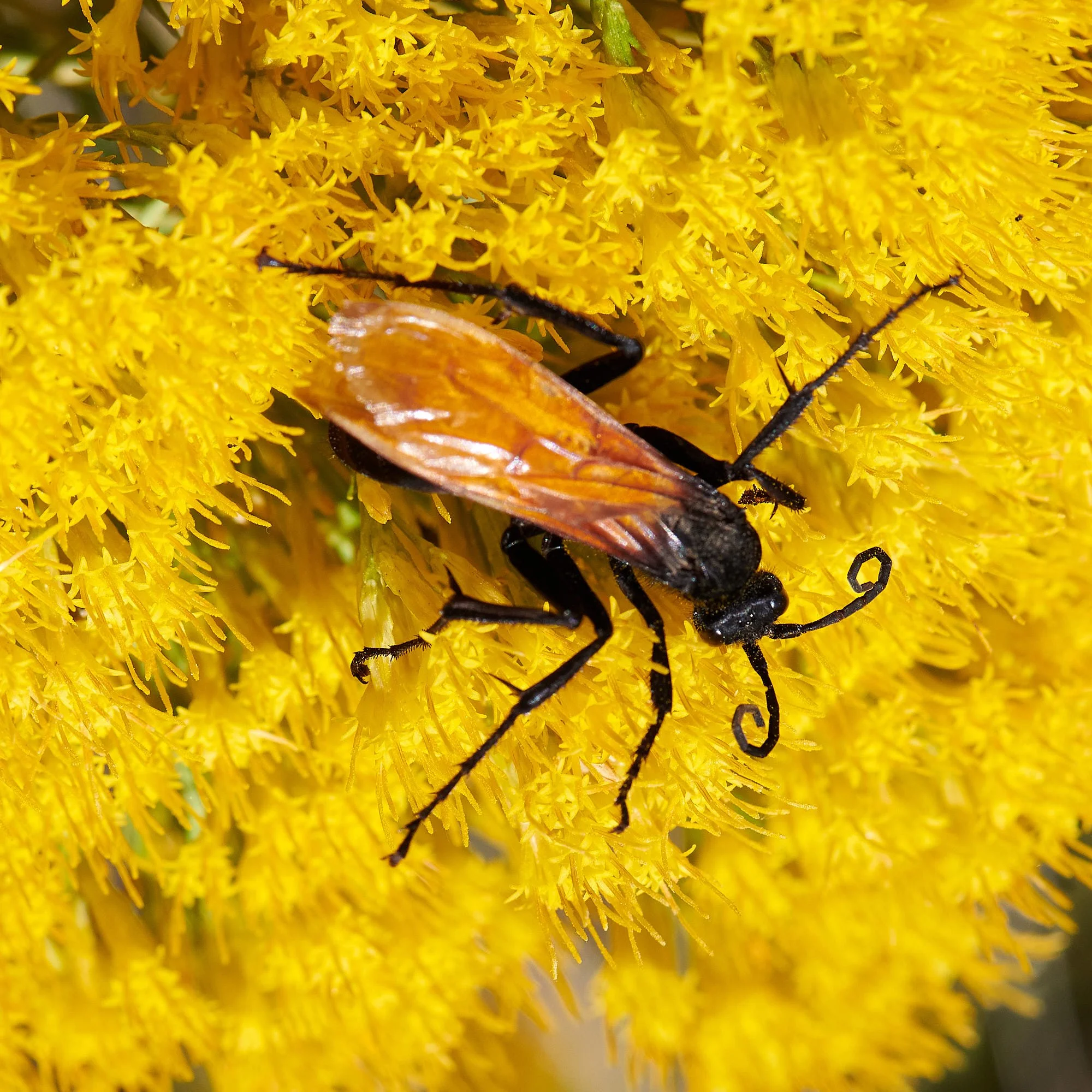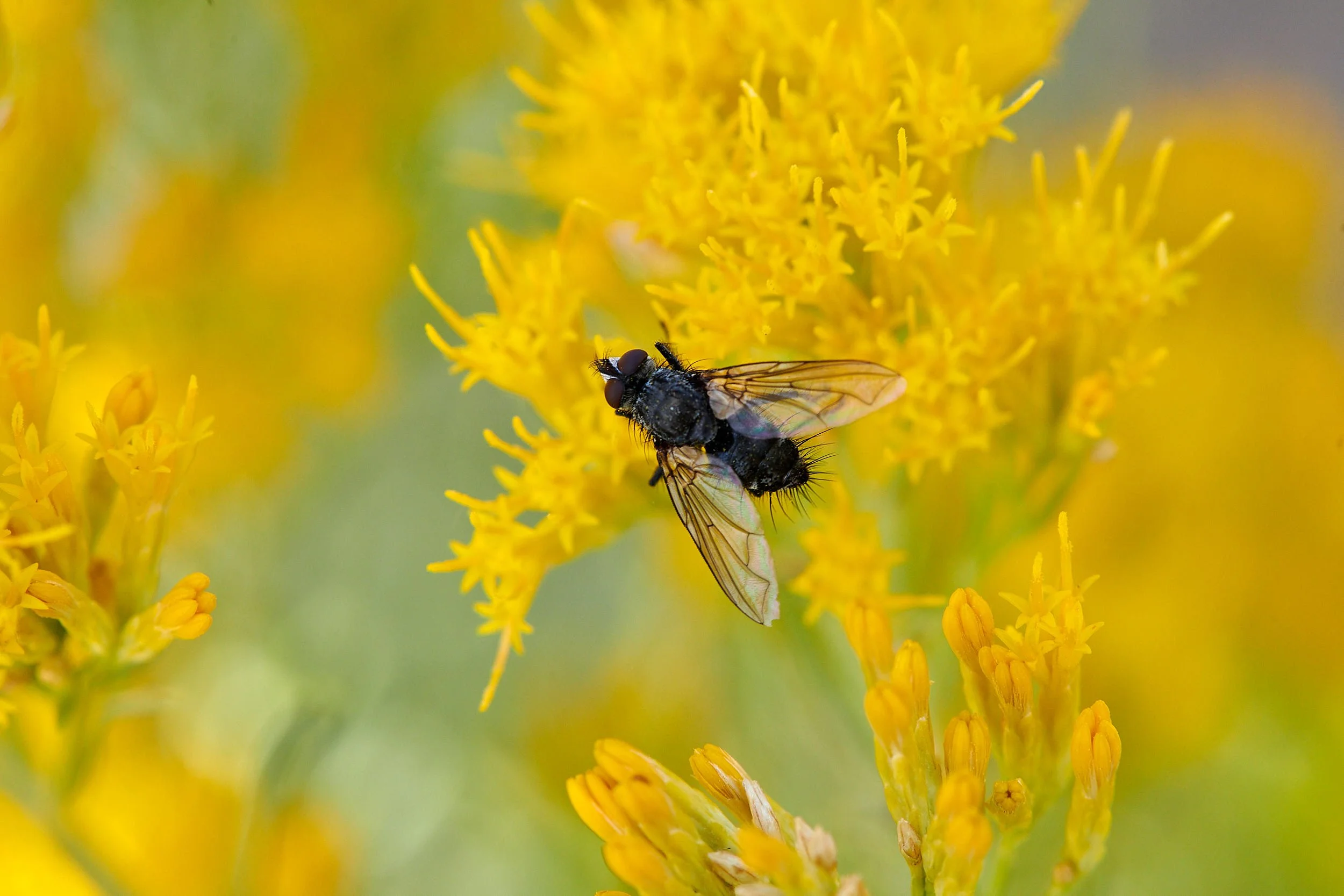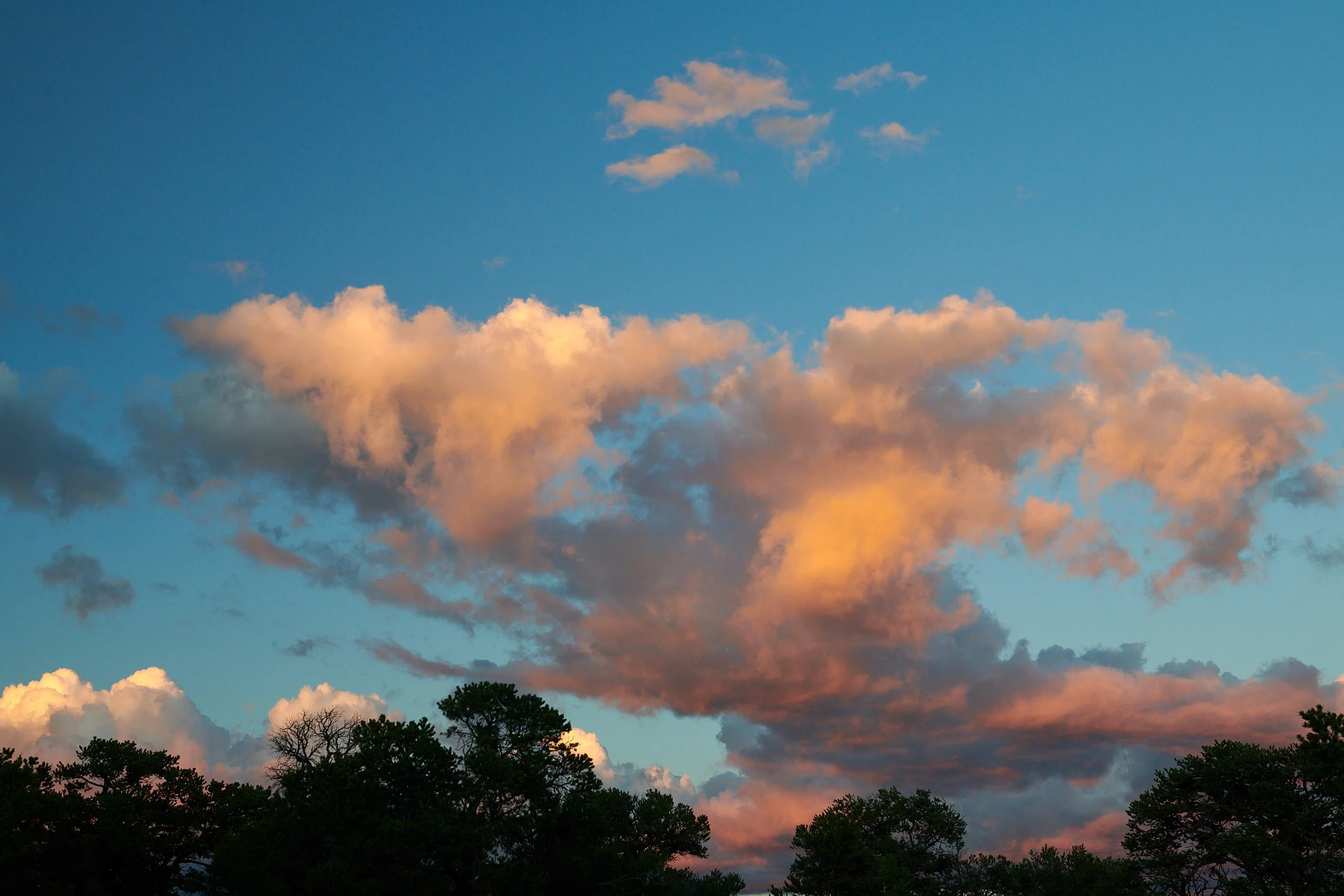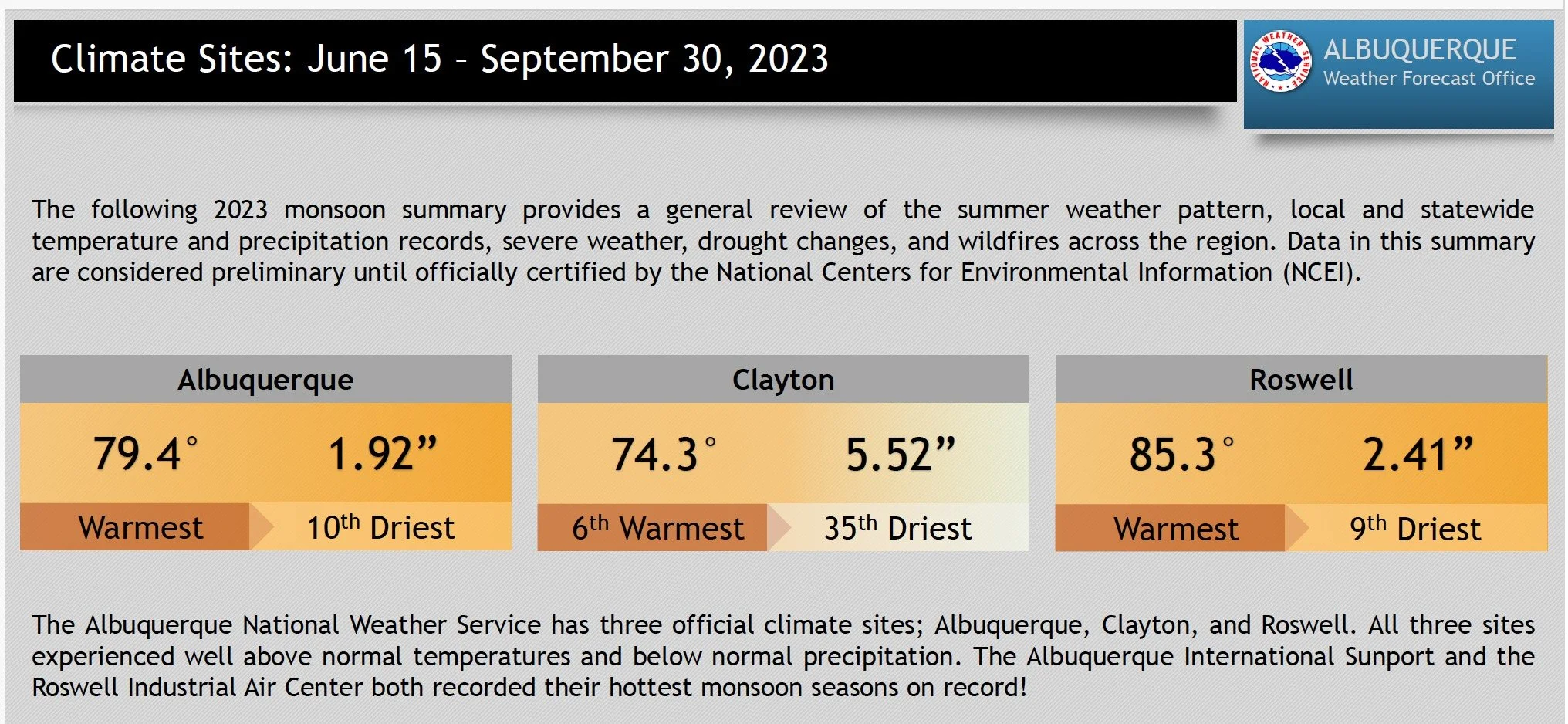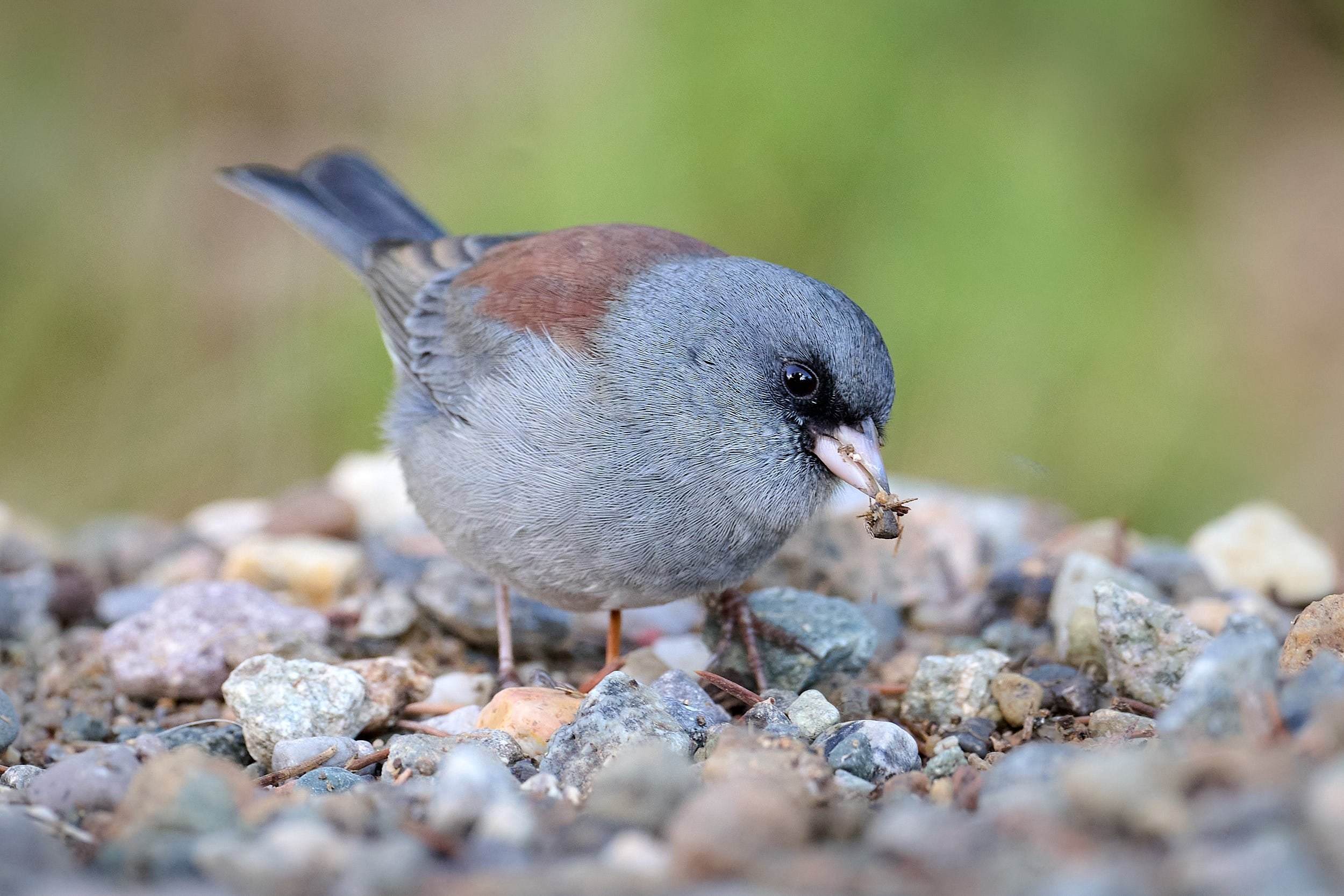Chasing the Southwest Monsoon: September & October, 2023
Section #3: Drifting apart.
Grand Staircase - Escalante National Monument, Utah.
Broad-tailed Hummingbird
Bears Ears Monument, Utah.
“Predicting rain doesn't count. Building arks does.”
Warren Buffett.
Ponderosa pine forest, Colorado.
Mexican Hat (Ratibida columnifera)
Green-tailed Towhee.
Monsoon season on the Colorado Plateau
It poured in torrents at Mesa Verde but we felt snug in the Sportsmobile. Next morning, at the campground laundromat, we had a wonderful surprise encounter with good friends C & A and family. A tarp had failed and they were drying gear before heading back to Montana.
We drove eastward, spending time investigating Chimney Rock, sipped excellent coffee at Pagosa Springs (Root Coffee Company), continued southward through steady rain into New Mexico and then eastward again to reach Rio Grande del Norte National Monument.
Chimney Rock National Monument
In 2012, Chimney Rock became a national monument and is managed by US Forest Service. Their Visitor Center was very informative.
The site was settled by Ancestral Pueblo people, who constructed a complex of buildings high above the valley floor more than 1,000 years ago.
Ruins include the Great House Pueblo which was probably used for observing astronomical events and the Great Kiva, likely utilized for religious ceremonies and community activities.
Chimney Rock is regarded to be an outlier Chacoan site with connections to Chaco Canyon society in New Mexico.
Location
Chimney Rock (elevation 11,781 feet) towers high above its surroundings. Why did the Ancestral Pueblo build so far away from water sources and the fertile valley floor?
Tree ring dating of timbers used in building construction clued researchers into a greater understanding of the archeological site. Renovations were 18 years apart, suggesting a link to a lunar event – the northern major lunar standstill.
The moon’s orbit of Earth varies slightly, causing the moon to rise at different points on the horizon over a cycle of 18.6 years. At each end of its north/south oscillation, the moon appears to pause for about three years, rising at the same point on the horizon. This pause is called a major lunar standstill.
During the northern major lunar standstill, the moon rises between the two sandstone towers (Chimney Rock and Companion Rock) as viewed from the Great House Pueblo. Astronomy was an important aspect of Chacoan culture.
Chimney and Companion Rocks, as viewed from the Great House Pueblo.
The Great House Pueblo, looking south.
A schoolgirl demonstrated that it would have been possible, using a relay of fire signals, to communicate with Chaco Canyon inhabitants.
Ute campground (San Juan National Forest) is near Chimney Rock National Monument. It was a pleasant and convenient place to visit the surrounding area. During our stay it rained intermittently, extending the blooming period of the Ponderosa forest understory, which the insects seemed to appreciate.
Gambel’s oak
Rio Grande del Norte National Monument, New Mexico.
The Rio Grande, some 600 feet below our camp.
Rio Grande Rift
The Monument straddles the northern reaches of a north-south trending continental rift zone - the Rio Grande Rift.
It is the result of the Colorado Plateau pulling away from the High Plains, causing the Earth's crust to be stretched and thinned. The rift extends from central Colorado to the Mexican state of Chihuahua and has four basins with an average width of 30 miles.
The Rio Grande River flows within the rift for much of its course in New Mexico.
Rio Grande and its Rift
Rift timeline
Rift development began earlier in southern New Mexico (~36 million year ago) compared to the northern section (~26 million years ago).
Formation of the rift began with significant deformation and faulting and involved a pure-shear rifting mechanism, in which both sides of the rift pull apart evenly and slowly, with the lower crust and upper mantle (the lithosphere) stretching like taffy.
During rifting, asthenosphere intruded into the lithosphere and continental crust causing volcanism.
Horst and Graben
The basins are in the form of half-grabens and are filled with up to 15,000 feet of rift sediment. The sedimentary fill consists of alluvial fan and volcanic flows, which constitute important aquifers for region’s urban centers.
Above content adapted or copied from Wikipedia.org and New Mexico Government publications.)
Can’t say I saw anyone catch dinner.
Confluence of the Rio Grande and Red River.
Big Arsenic campground, Rio Del Norte National Monument
Monsoon weather welcomed us on our arrival. However, the following morning was sunny. To our great surprise, a family group of Bighorn Sheep ambled into our campsite and began to graze. Published data suggest the species is doing well in New Mexico.
Flower fun
Rio Grande del Norte provided the best flower display of the entire trip.
Adios
The monsoon gave us a final wet smooch and departed.
We did not see rain again on the trip.
Looking for the pot of gold.
Rain?
“What monsoon?’ was the response of people living further south.
A summary report of the 2023 monsoon season confirmed that it was indeed a hot and dry time in New Mexico and west Texas.
Dark-eyed Junco (Grey-headed variant).
